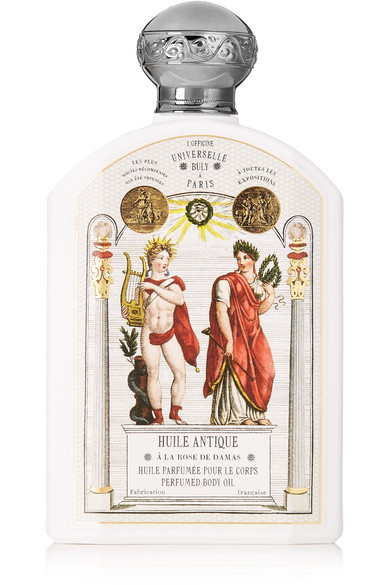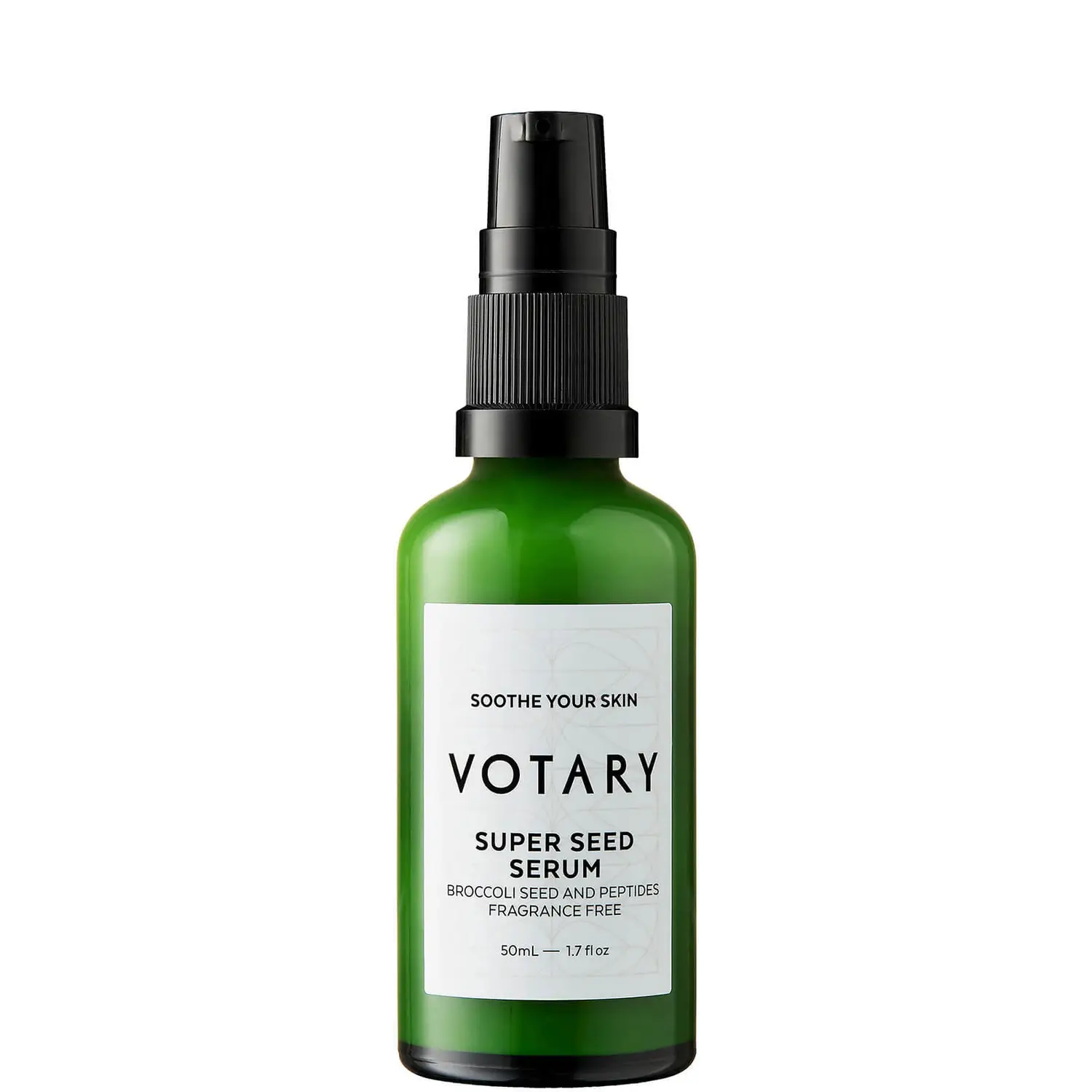What is clean beauty and what does it mean exactly? You might have noticed how in recent years, the stamp of “clean” has been added to many beauty products. While there’s a lot of green washing going around, at its core clean beauty emerged out of a concern about the increasing amount of potential toxic substances in our beauty products.
Clean beauty means that you can use a product without risking your own health. Our skin is our largest organ and what we put on it gets absorbed into our blood stream and travels through the rest of our body. At SWAY, we like to extend the notion of clean beauty to ingredients that won’t harm the planet, because what we put on our body and in our hair then ends up in nature once it’s washed out.
Toxic vs Clean Beauty
Now as far as toxic goes, it should be noted that natural ingredients can also be toxic. Essential oils for example are extremely potent and should be used with care . And if you have sensitive or sensitised skin, stay completely away from them as they will only cause more irritation to your skin.
While nature has a cure for everything, not all natural things are good for us ( think of a poisonous mushroom, natural but not to be consumed)
It should also be noted that EU cosmetic regulations are much stricter than US ones. Of course science progresses every day and so it is advised to review your beauty cabinet every year as new discoveries are made all the time ( remember sunbeds? It wouldn’t cross anyone’s mind to go into one of those now that we know the danger they cause to our health)
Natural vs Clean Beauty
At its best clean beauty should be organic and sustainable. So definitely go for those when you can. However sometimes there can be lack of transparency when it comes to how ingredients are sourced. For instance clay can contain heavy metals.
Synthetic chemicals are not necessarily a bad thing either, after all our bodies by nature are filled with chemicals substances. Take Vitamin C, in a synthetic form such as L-ascorbic acid, this chemical if made by a committed and fully transparent lab might actually be safer and more stable to use than Vitamin C extracted from a natural ingredient but made without much control.
Clean Beauty Shopping Guidelines
First things first apply common sense and learn to know your skin and your body. When in doubt seek professional help from a dermatologist not just a facialist. Sometimes a compromised skin will need to use a specifically formulated product to heal and prevent further damage rather than a homemade potion, and that’s ok!
Less is more
Our skins are exhausted by how much products we use, the result: skin inflammation is on the rise. Novelty or more products aren’t always best. If you feel a product is causing you more harm than good, remove it from your routine for a few weeks and see how your skin reacts, then slowly re-introduce it if needed.
Educate yourself
Understanding clean beauty can be a minefield, that’s why it is important to educate yourself. That way, you will be able to decipher for yourself what’s inside a product before buying it. At SWAY we spend hours meticulously analysing products’ compositions so that you don’t have to. And if you are looking for something specific YUKA is an app that helps you take apart ingredients list in food and beauty products.
Beware of parfum
Because of an old law allowing secrecy in fragrance formulations (so as not to get your formula stolen), companies can hide anything they want under this word. Make sure you trust the company you are buying your products from in case you see this ingredient on the composition list, ideally they should give you some information regarding its origin.
Stay away from the Toxic 12
Established by award-winning geneticist David Suzuki, the Dirty Dozen is a list of the 12 most harmful chemicals in our beauty products. Whether they are endocrine disruptors such as parabens or carcinogenic substances such as formaldehydes, make sure to avoid these ingredients.
- BHA and BHT
- Coal tar dyes: p-phenylenediamine and colours listed as “CI” followed by a five digit number
- DEA-related ingredients
- Dibutyl phthalate
- Formaldehyde-releasing preservatives
- Parabens
- Parfum (a.k.a. fragrance)
- PEG compounds
- Petrolatum
- Siloxanes
- Sodium laureth sulfate
- Triclosan
4 things to remember before you buy beauty and cosmetic products
- – If you have sensitive skin, think like a pregnant woman and stay away from any potential irritant.
- – Focus on short ingredients list( our skin are exhausted by how much we put on them).
- – Choose organic ingredients and sustainable packaging where possible.
- – Stay away from the toxic 12.














